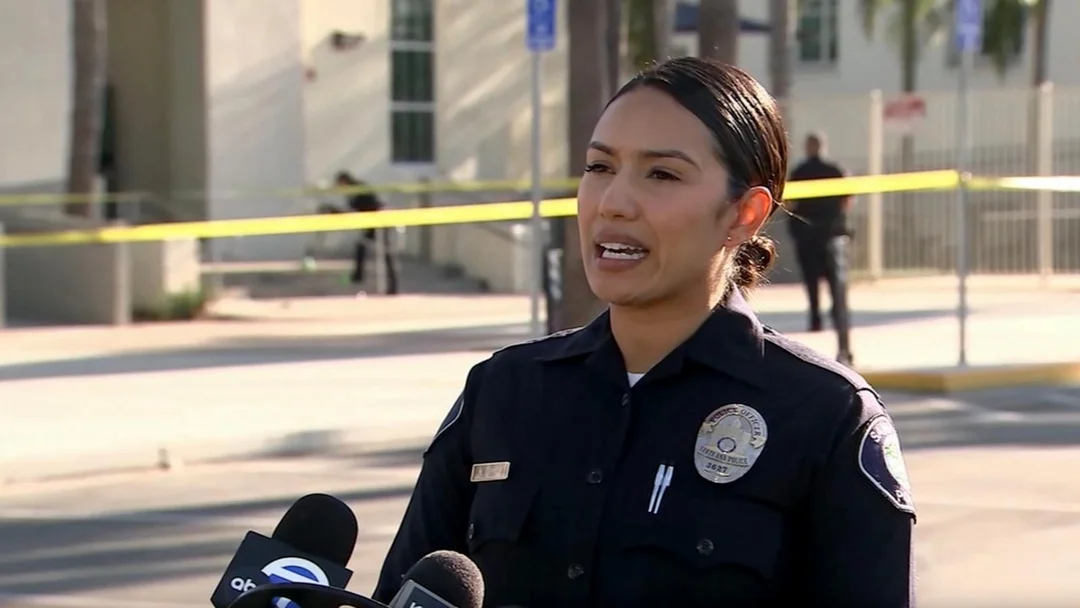
What Triggered the Deadly Stabbing Outside a California School?
In a shocking incident that has gripped Southern California, a violent stabbing outside Santa Ana High School has left one student dead and two others injured, raising urgent questions about school safety and youth violence. This heartbreaking event, occurring shortly after school dismissal, underscores the fragile security in educational environments and the broader implications for community well-being.
According to reports from multiple sources, the tragedy unfolded on Wednesday, May 7, 2025, when three students—aged between 14 and 17—were attacked in front of the school. One victim, a 14-year-old boy, tragically lost his life, while the other two were hospitalized, one in critical condition initially but later stabilized. The Santa Ana Unified School District's statement expressed profound grief, noting, "Our thoughts are with the family of the student who passed, and with all those impacted by this senseless act of violence." This official response highlighted the emotional toll on the school community, with authorities confirming the incident as potentially gang-related.
Details from local outlets like NBC News and the Los Angeles Times paint a vivid picture of the chaos. The altercation involved several individuals and erupted around 3:25 p.m., just as students were leaving for the day. Witnesses and friends of the victims shared poignant accounts; for instance, Aaron Chavez, a friend of the deceased 14-year-old, recalled their last interaction: "It was a quick dap up, a quick good morning. I wish that would have been a hug. I didn't know that was the last time I was going to see him." Such personal stories add a human layer to the tragedy, emphasizing the loss beyond statistics.
Police investigations, led by the Santa Ana Police Department, revealed that two suspects—believed to be students aged 15 and 17—turned themselves in later that evening. While their motives remain unclear, the gang-related angle, as stated by police spokesperson Natalie Garcia, draws attention to ongoing issues of youth involvement in criminal activities. This incident invites comparison to other school violence cases, where underlying social factors like gang influences exacerbate risks. The school's proactive measures, including an increased police presence on Thursday and availability of crisis counselors, demonstrate a commitment to safety but also highlight the need for preventive strategies in at-risk communities.
Analyzing this event, it's evident that such violence not only disrupts lives but also prompts broader societal reflection. Why are schools, meant to be sanctuaries, becoming hotspots for conflict? The rapid response from authorities and the school district is commendable, yet it raises questions about the effectiveness of current anti-gang initiatives in Southern California. As the community grapples with this loss, the focus must shift to long-term solutions, such as enhanced counseling and community outreach programs.
In conclusion, the Santa Ana High School stabbing serves as a stark reminder of the vulnerabilities in our education systems and the human cost of unchecked violence. What steps can be taken to prevent future tragedies? We encourage readers to share their thoughts in the comments below, discuss with friends, and help spread awareness by sharing this article. Your insights could spark meaningful conversations on school safety and youth protection.